Brands dictate the lifestyle in today’s world. From clothes to food to even stationary, everything involves branding.
Your brand preference speaks volumes about the kind of life you lead and what causes you support.
You can instantly judge a person’s lifestyle by getting to know their favorite brands
Therefore, marketers pay a lot of attention to branding strategies and exploring marketing initiatives to increase revenue generated through them.
A brand is a very important force in driving sales and gaining new customers.
Here are some general branding statistics and facts that might help you understand the impact branding has on sales and revenue.
Top Branding Statistics
81% of consumers need to trust a brand to consider buying from it.
10-20% of marketing budgets are spent on branding and rebranding by most companies.
50% of consumers are more likely to buy from brands they recognize.
Brands need at least 6 to 7 impressions to produce brand awareness.
34% of brands are running influencer marketing campaigns.
60% of companies reported that being consistent in branding added 10% more to 20% of their growth
Branding Is More Than Just a Logo
A brand is more than just its logo. It is made up of the company’s core values and its mission. These dictate the reason for a brand’s existence.
Consumers expect brands to deliver quality content and products that speak of their commitment to them.
A brand is expected to deliver time and time again on its promise. This consistency can inspire brand loyalty and help gain a loyal customer.
If a brand engages in self-promotion through spinning an origin story, it can immensely affect brand awareness.
The type of colors used across brand-related content and the tone a brand uses to engage with its consumers dictate the target audience of that particular brand.
This also leads to consistent brand presentation.
A valuable brand is one that, first and foremost, is consistent with its efforts to provide a good consumer experience.
Why Branding Matters
Branding is a key aspect of marketing and commercial sales. Building a brand is important as branding helps drive communication and engagement with consumers.
Nowadays, this is mostly done through social media.
Having certain factors such as logos, a particular brand voice, and establishing what drives the organization to provide services can help build brand visibility.
If a brand markets itself as sharing particular values, it helps build brand loyalty.
Building brand recognition also helps retain talents, as job seekers are constantly on the lookout for a good brand that aligns with their interests.
All these elements come together to ultimately increase sales and establish the company in a market.
Once a brand is well established, it can mitigate risks in case of any negative impact, as it will still retain consumers if it delivers quality.
General Branding Statistics
Some important branding statistics are:
1. The top 5 most valuable brands are Amazon, Apple, Google, Microsoft, and Walmart, in that particular order.
2. 79% of marketers say that Facebook is the top social media platform for experiential marketing.
3. Coca-Cola spends an average of $ 4 billion on branding annually.
4. 64% of consumers purchase after watching a brand video.
5. 77% of consumers make purchase decisions based on brand name.
6. 36.1% of consumers are extremely likely to engage with brands through marketing messages.
Brand Awareness Statistics
Brand recognition is a major driving factor in product sales and consumer loyalty.
This can be spread in many ways, though social media platforms are the key medium.
Some statistics are:
7. Brands need at least 6 to 7 impressions to produce brand awareness.
This can be maintained by offering discounts, marketing on social media, being vocal about social issues, etc.
8. According to Hubspot, 34% of brands are running influencer marketing campaigns to increase awareness.
Influencers have an advantage in terms of audience reach. Partnering with influencers who share a similar tone with your brand can help immensely.
9. Companies generate 67% more leads through blogs.
10. 63% of customers are more willing to buy from familiar brands.
Social Media Brand Awareness Statistics
Social media marketing is the ideal way to increase brand awareness.
Some social media awareness stats are:
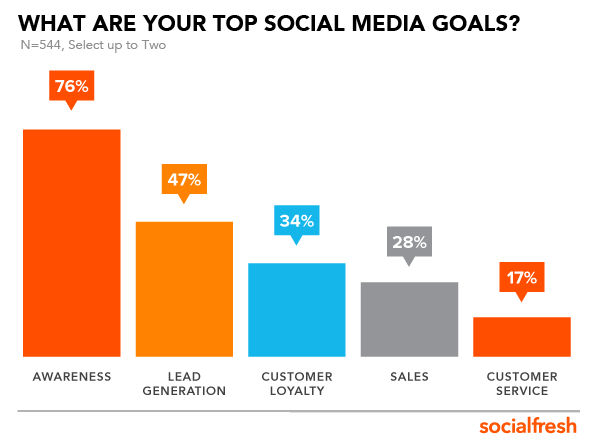
11. 76% of small businesses use social media to increase brand recognition.
12. 77% of consumers purchase or prefer purchasing from brands they follow on social media.
13. 38% of GenZs prefer to discover brands through social media.
14. 90% of social media users follow at least one brand on social media.
Brand Recognition Statistics
Some statistics are:
15. 50% of consumers are more likely to buy from brands they recognize.
Therefore, brand marketers need to focus on things like social media branding strategy, as social media is the ideal place to boost recognition.
16. 31% of marketers chose to conduct Virtual events in 2022 to increase recognition.
17. 75% of brands recognize a brand by its logo.
18. A signature color increases the chances of consumers recognizing a brand by 80%.
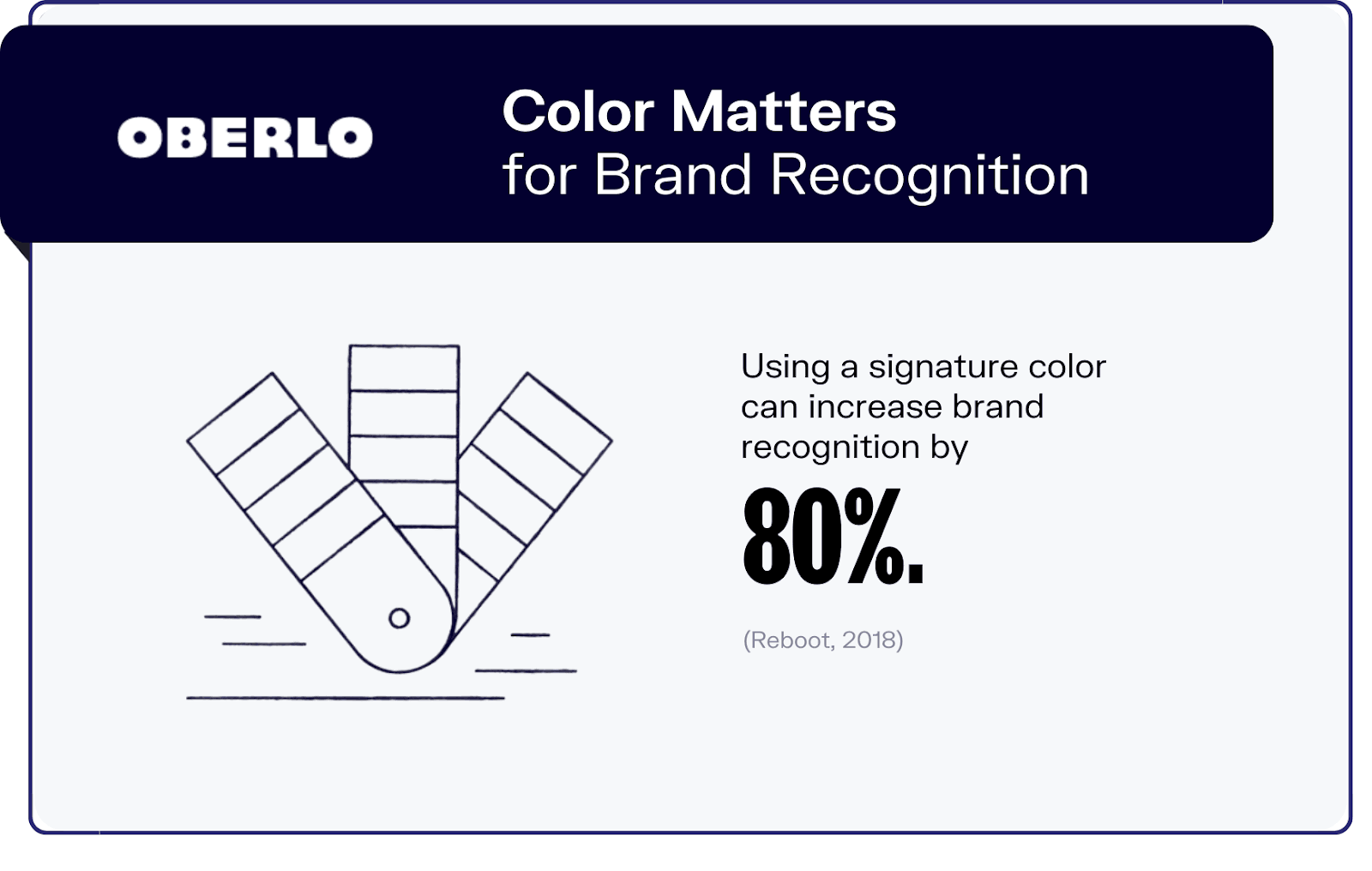
Brand Trust Statistics
Building consumer trust in a brand is a very important step in establishing a brand.
Here are some brand trust statistics:
19. According to Exploding Topics, 81% of consumers need to trust a brand to consider buying from it.
This is important as brand visibility and brand recognition both affect the trust consumers have in a brand.
20. 46% of consumers in 2023 were ready to pay more for a brand they trust.
21. 88% of consumers trust and become loyal to a brand after three or more purchases.
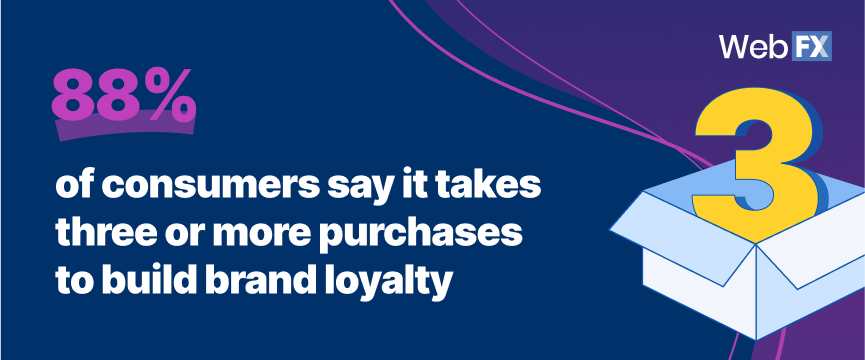
22. 80% of online shoppers would consider buying from a website that has user-generated content and testimonials.
Brand Consistency Statistics
Consistency in branding across all marketing channels is very important in customer retention.
Some stats are:
23. 85% of organizations reported that they had brand guidelines.
24. 35% of organizations saw 10-20% growth in revenue due to consistent brand presentation.
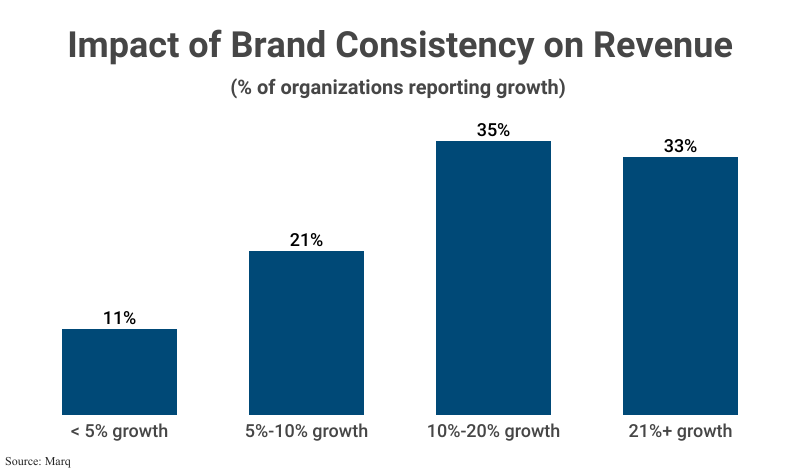
25. 60% of companies reported that being consistent in branding added 10% more to 20% of their revenue growth.
This means that brand consistency assesses a 10 percent hike to 20% of their revenue that came from brand marketing.
26. 32% of brands stated that consistent messaging increased brand revenue by 20%.
Personal Branding Statistics
Personal branding of employees and potential candidates also affects branding.
Here are some related statistics:
27. 70% of employers say that a personal brand is more important than a resume.
28. 84% of consumers believe a company as a brand is influenced by the personal brands of the employees.
29. 50% of a company’s reputation can be influenced by its CEO.
30. Content shared by employees has 8 times more engagement than that of the brand they work for.
Branding Design Statistics
Brand design can also impact how consumers view your brand.
Here are some interesting design stats:
31. 57% of users won’t recommend a brand that does not have a good website design.
32. 60% of companies use non-descriptive logos, while 40% use descriptive ones.
33. 60% of Fortune 500 companies use combination logos.
34. Design is an important factor for 88% of consumers when surfing a brand website.
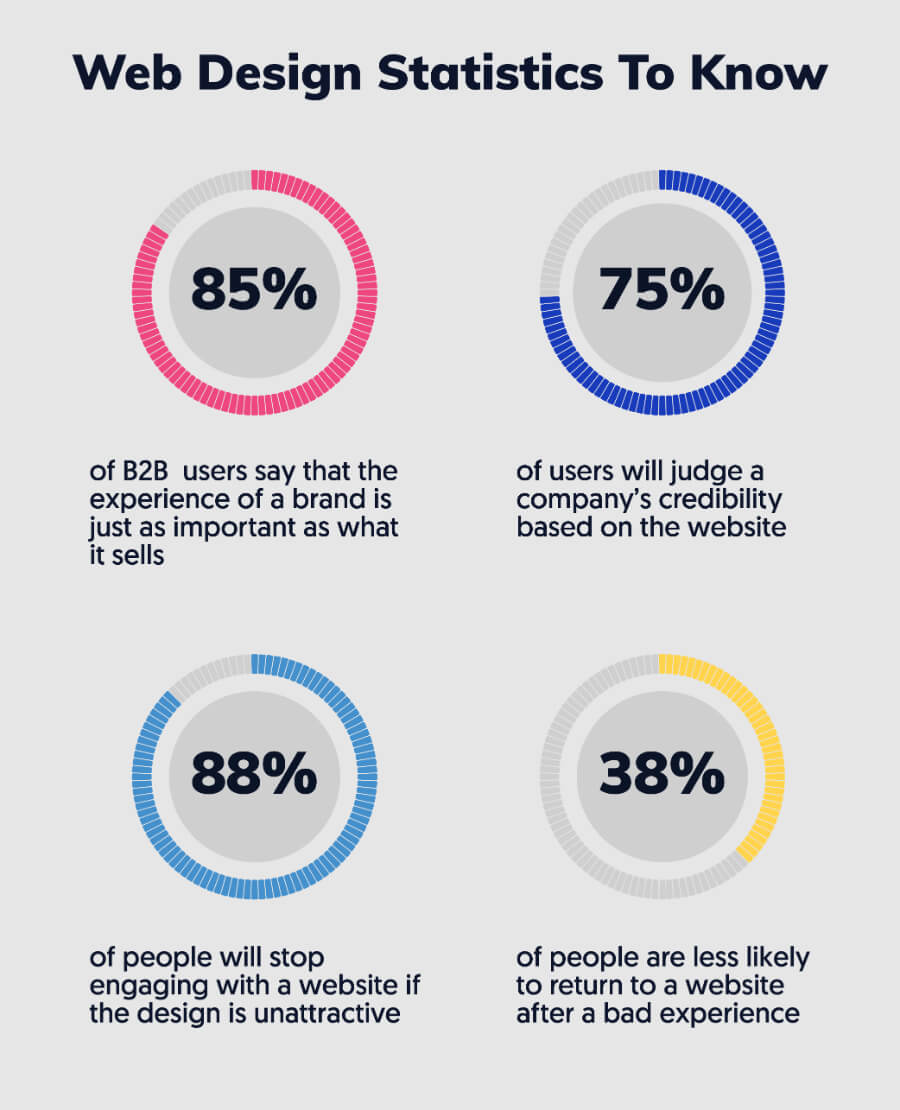
Branding Marketing Statistics
Brand marketing needs to be done strategically.
Here are some brand marketing statistics:
35. 10-20% of marketing budgets are spent on branding and rebranding by most companies.
This goes to show how important branding is in maintaining consumer loyalty as well as driving sales.
36. 94% of brand marketers accept the positive influence of personalized marketing on sales.
37. 22% of brands spent between $10 thousand to $50 thousand on influencer marketing in 2023.
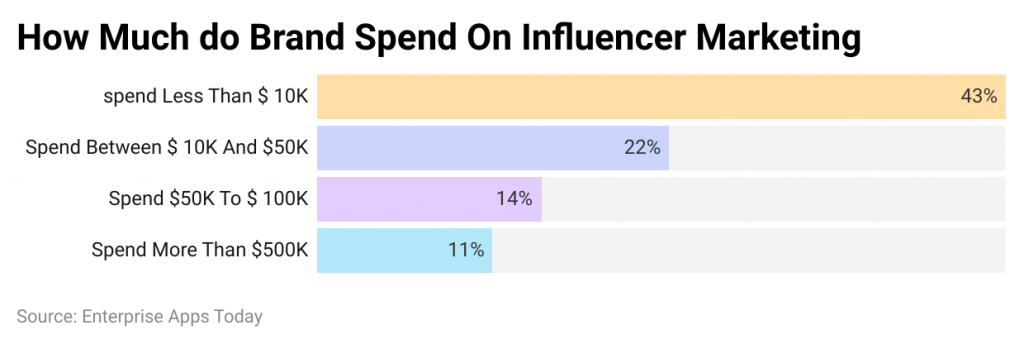
38. 64% of small businesses use email marketing.
B2B Branding Statistics
Here are some B2B marketing statistics:
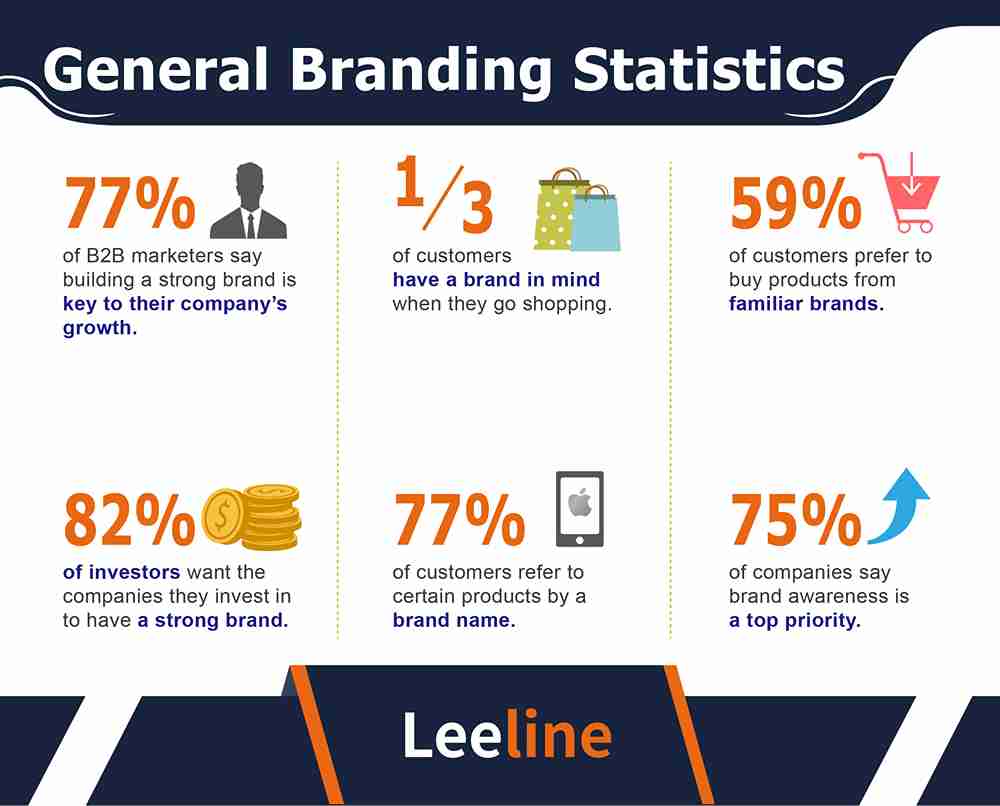
39. 77% of B2B marketers try to build a strong brand for company growth.
40. 75% of B2B buyers want branded content that helps them research marketing ideas.
41. B2B consumers are 2 times more likely to buy from a brand that shows personal values rather than business ones.
42. 84% of B2B marketers state their main goal is brand awareness.
B2C Branding Statistics
Some B2C branding statistics are:
43. B2C consumers are 4 to 6 times more likely to buy from brands that have a solid purpose as driving factors.
44. 83% of shoppers say that loyalty programs influence decisions to buy again from a particular brand.
Employer Branding Statistics
Here are some employer branding stats:
45. 69% of job candidates reject offers from brands with a bad reputation.
46. 89% of HR leaders state that strong employer branding gives them a competitive advantage in attracting talent.
47. In 2023, 82% of potential candidates considered the reputation of a brand before applying for a job.
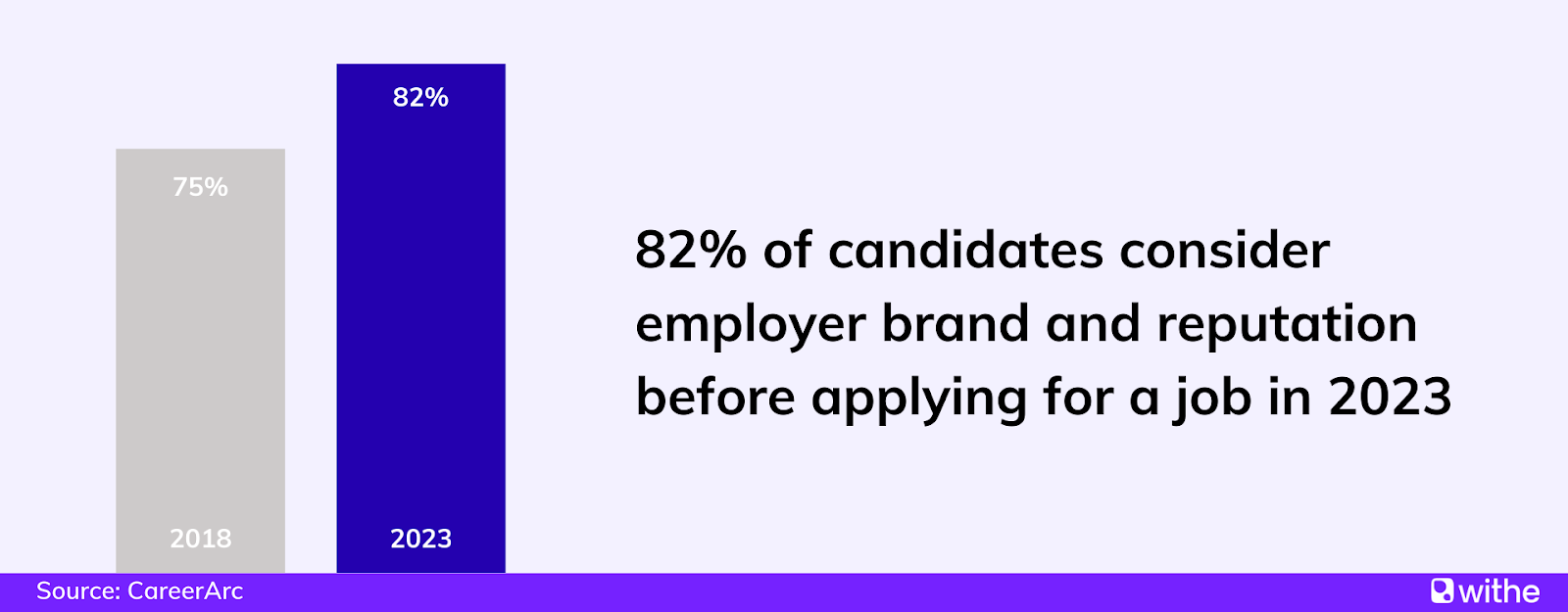
Eye-Opening Branding Facts
Global consumers recognize certain brands due to unique factors that remain consistent across the world.
These factors play a major role in customer experience and help gain loyal customers. Some facts about these are:
Build trust & FOMO
Highlight real-time activities like reviews, sales & sign-ups.
Psychology of Color in Branding
48. 85% of buyers claim that colors increase brand visibility and become a reason for buying products.
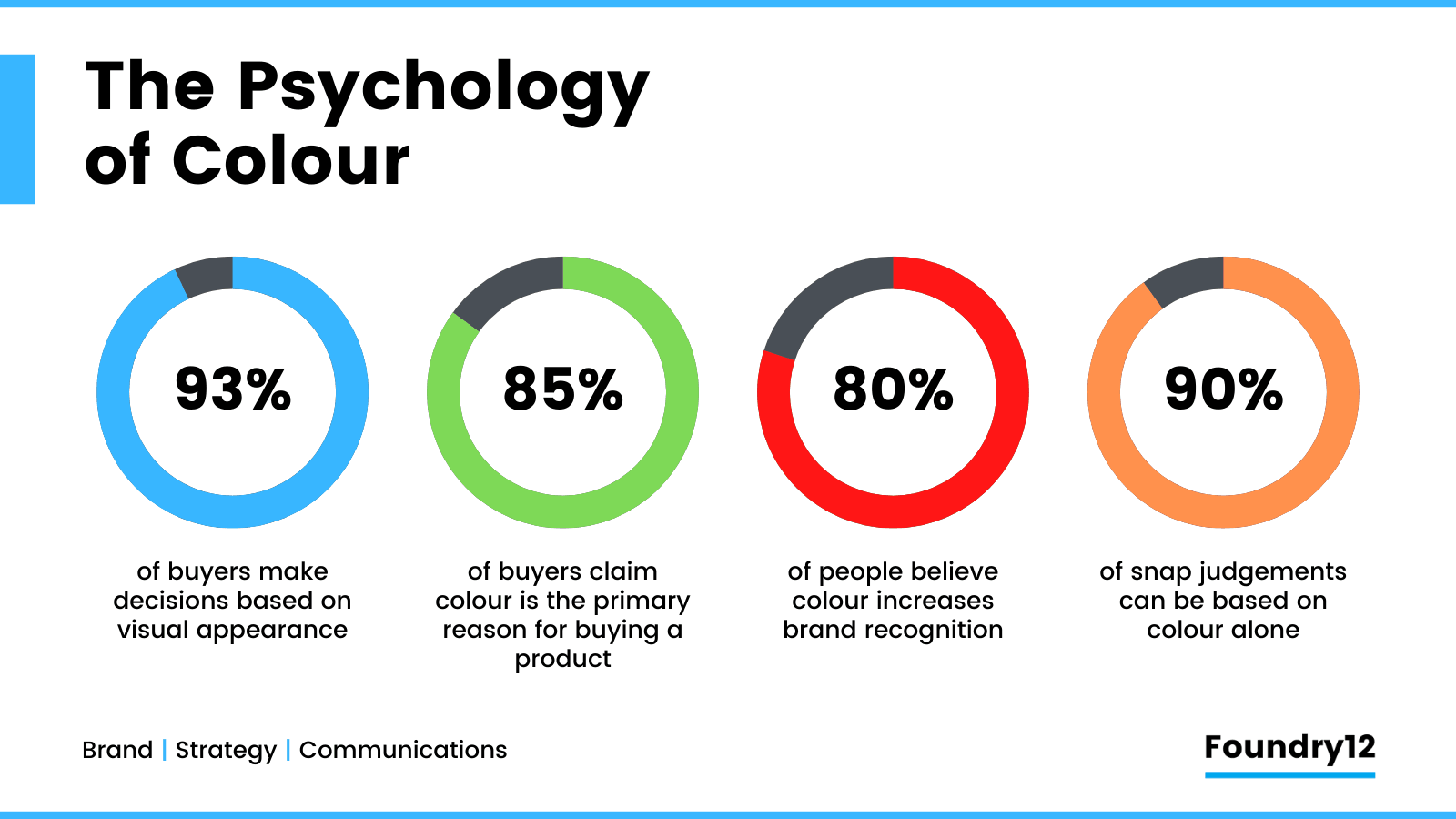
Different colors affect how consumers perceive a particular brand, as they are something that we notice before anything else.
Colors can add life to a brand. For example, red represents excitement (Netflix), and blue represents trust (IBM).
Green is used mostly in brands that are related to the food industry as it is associated with health and life (Subway).
Black represents sophistication (Chanel), and White stands for simplicity (Nike).
These colors influence brand image and ultimately affect sales.
Power of Sound in Branding
49. Brands that have a recognizable sound or jingle see an increase of 5% in their perceived value
We all are familiar with the Netflix ‘Tu-dum’ sound or the McDonald’s ‘ba-ra-bap-bap-ba.’
We can instantly recognize these brands from their trademark sounds. The sounds can define consumer experience as a whole and set a tone for the brand voice.
Mostly catchy jingles and sounds get stuck in memory and help increase brand recognition.
Role of Scent in Branding
50. 84% of consumers remember a brand if it has a particular smell associated with it.
The use of scent in branding is usually done by high-end retailers and luxury vendors to create a sophisticated atmosphere.
Hotels and Airlines may also use signature scents to enhance flying and staying experiences. Scents also have an emotional effect as they can be used to regulate how you feel.
For example, the scent of freshly brewed coffee in Starbucks makes you crave coffee.
Singapore Airlines reportedly uses a particular scent called ‘Stefan Floridian Waters’ to create consistency in the flying experience.
Impact of Storytelling on Brand Perception
Brands use storytelling through products as a form of content marketing. Nike’s ‘Just Do It’ campaign shares stories of athletes overcoming adversity.
In doing so, they create an emotional connection with the product. Similarly, Coca-Cola ran a campaign called ‘Share a Coke’ in which buyers could get personalized name bottles, encouraging consumer engagement.
Thus, by creating a narrative around a certain product or the entire brand, Companies can market products and services at an emotional value and build brand relationships.
Importance of Brand Authenticity
51. 88% of customers place importance on authenticity in branding efforts.
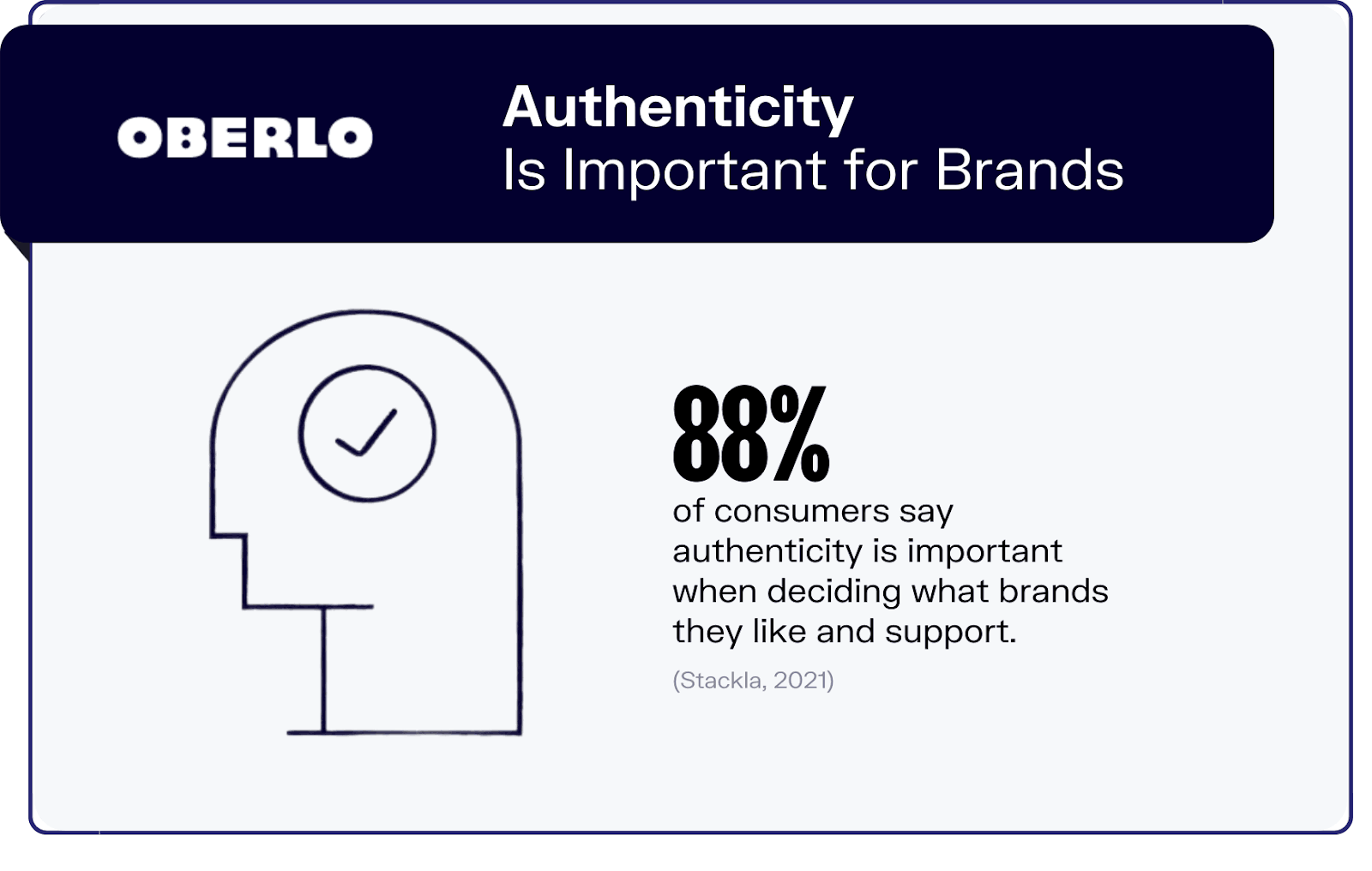
Practicing authenticity can help retain customers. For example, Nike faced a major backlash due to its labor practices, but the brand responded with increased transparency.
This helped them limit damage and prevent negative impacts.
Maintaining a commitment to what your brand stands for can help gain consumer trust and loyalty.
Cost of Poor Branding
Poor Branding can cost a company heavily. It results in loss of consumer trust, decreased sales and revenue, negative word-of-mouth, and damage to brand personality.
The value of the brand drops rapidly, and companies need to spend a fortune on brand strategy and marketing to recover losses.
Poor branding might compromise the company’s equities, too. Poor customer service may also lead to a decrease in brand reputation, affecting the image and sales of the company.
Wrap up
Branding is a powerful medium through which companies can increase their sales.
Many factors affect branding, such as color, logos, voice, etc., and affect how consumers view brands.
Valuable brands maintain consistency in branding, which may increase brand awareness. Social media channels play a major role in driving online brand presence.
The statistics listed above give a picture of how marketing efforts to build a brand pay off by affecting what consumers prefer and associate with.
Sources
StudyFinds | PamMarketingNut | Hubspot | Marq | SproutSocial | Salsify | Edelman | Nosto | CrowdSpring | WebsitePlanet | ManyPixels | MarketingCharts | ContentMarketingInstitute | CareerArc | Randstad USA | The Drum | ProfileTree






